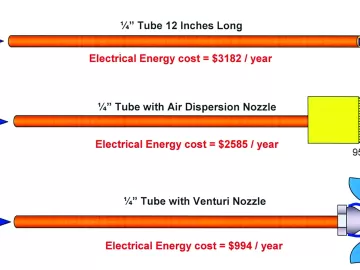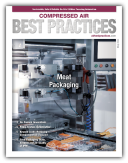Cooking Oil Factory Combines Compressed Air Systems to Save 36%
To produce healthy, high-quality cooking oil, this food processing company crushes and processes oil seeds shipped in from local farms. The oil produced is thought to be the healthiest cooking oil available, because it is low in saturated fat, high in monounsaturated fatty acid (MUFA), and polyunsaturated fat (PUFA), like omega-3 fatty acids. To increase the energy efficiency of its oil seed crushing and processing facility, the company optimized its compressed air system by combining three separate systems into one. Some end-use optimization was done to correct low pressure, particularly caused by some critical high-flow, short-duration events.












